Macralfate Oral Suspension
✅ Relieves gastric discomfort
✅ Promotes ulcer healing
✅ Forms protective barrier
✅ Reduces acid damage
✅ Soothes irritated stomach
Macralfate Suspension contains Sucralfate.
Product Overview
Macralfate Suspension is a therapeutic formulation containing Sucralfate as its active component. Presented in suspension form, it offers convenient oral administration. The medication functions locally within the gastric environment, creating a protective layer over ulcerated and inflamed tissues to facilitate healing and alleviate symptoms including pain and discomfort. Clinicians frequently prescribe Macralfate for managing gastric and upper gastrointestinal ulcerations.
Clinical Applications
This suspension is principally indicated for ulcer management in conditions including gastritis, peptic ulcer disease, and gastroesophageal reflux disease (GERD). Its mechanism involves binding to ulcer surfaces to establish a defensive barrier against gastric acid, digestive enzymes, and other mucosal irritants. Through this protective action, Macralfate creates optimal conditions for tissue repair while reducing inflammation and discomfort.
Administration Guidelines
Prior to each use, thoroughly agitate the suspension to ensure homogeneous distribution of active constituents. Administer the measured dose orally using the provided calibrated device. Optimal therapeutic outcomes are achieved when taken on an empty stomach – either one hour preceding or two hours following meals, with an additional dose at bedtime. Avoid concomitant administration with other substances that may compromise efficacy. Strictly adhere to prescribed dosing regimens.
Mechanism of Action
Sucralfate, the active pharmaceutical ingredient, undergoes complexation with ulcer bed proteins to generate a viscous, adhesive gel matrix. This physicochemical barrier provides mechanical protection against corrosive gastric secretions (hydrochloric acid, pepsin) and biliary constituents. By preventing further mucosal injury and establishing a favorable microenvironment, the formulation accelerates ulcer resolution and symptom amelioration.
Dosage Protocol
Dosing regimens are individualized based on ulcer severity and therapeutic response. Standard adult dosing consists of 1 gram (10 mL) administered four times daily during fasting periods and at bedtime. Renal impairment necessitates dosage modification. Complete the prescribed therapeutic course regardless of symptomatic improvement to ensure complete ulcer healing. Potential drug interactions warrant temporal separation (minimum 2 hours) from tetracyclines, digoxin, and phenytoin.
Therapeutic Advantages
- Alleviates ulcer-related symptoms including epigastric pain, pyrosis, and discomfort
- Facilitates gastric and duodenal ulcer healing through physical barrier formation
- Prevents progressive mucosal damage from acid-peptic activity
- Palatable suspension formulation ideal for patients with dysphagia or difficulty swallowing solid dosage forms
Adverse Effects
Common adverse reactions may include gastrointestinal disturbances (constipation, xerostomia, nausea, emesis, flatulence, diarrhea). These typically manifest as mild, self-limiting events. Rare hypersensitivity reactions (cutaneous eruptions, pruritus, respiratory distress) necessitate immediate medical intervention.
Precautions
Exercise caution in renally impaired patients due to potential drug accumulation. Regular renal function monitoring is recommended during therapy. The aluminum content may be significant in prolonged use. Avoid concurrent administration with medications exhibiting pH-dependent absorption without appropriate temporal spacing. Contraindicated in patients with known hypersensitivity to formulation components.
Storage Conditions
Maintain at controlled room temperature (15-30°C) in original packaging. Protect from moisture and excessive heat. Ensure container closure integrity between uses. Do not subject to freezing temperatures. Discard unused medication post expiration. Keep securely stored away from pediatric and animal access.
Medical Disclaimer:
The provided information represents expert-reviewed, evidence-based data intended for educational purposes only. This content does not substitute professional medical advice, diagnosis, or treatment. The complete profile of potential adverse effects, drug interactions, and contraindications may not be fully enumerated herein. Always consult qualified healthcare providers regarding medical conditions and therapeutic regimens. This information aims to complement, not replace, the essential physician-patient relationship.
| Strength | 200 ml |
|---|---|
| Quantity | 1 Bottle/s, 2 Bottle/s, 3 Bottle/s, 6 Bottle/s |
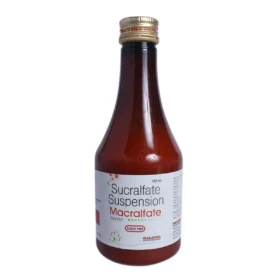 Macralfate Oral Suspension
Macralfate Oral Suspension










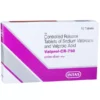

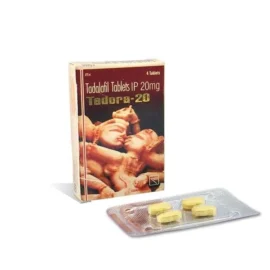

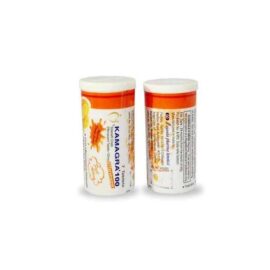
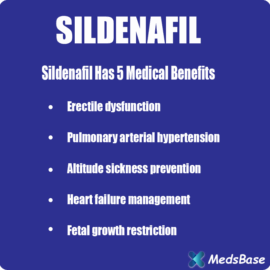
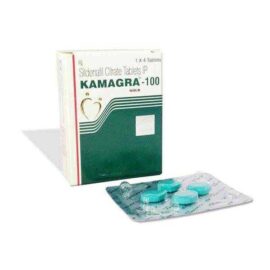
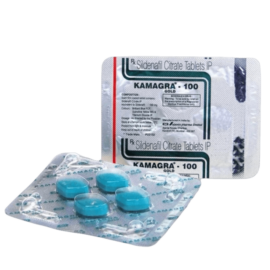
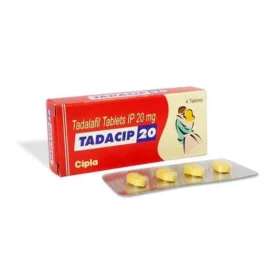
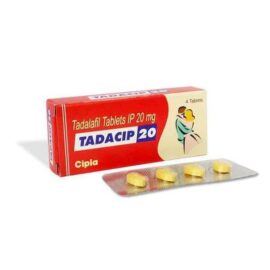
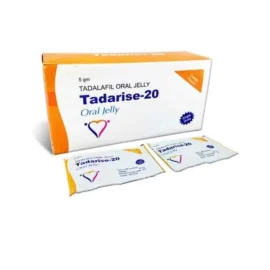
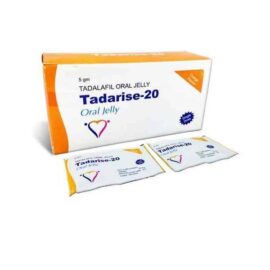
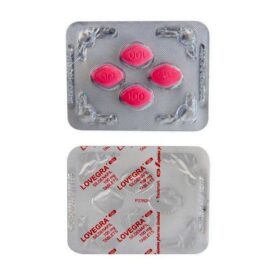
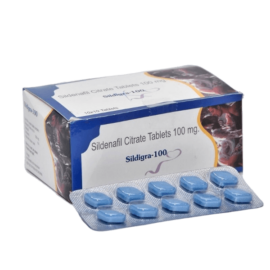
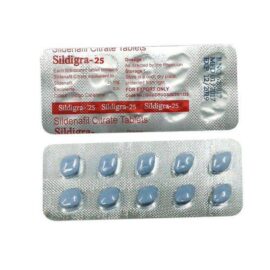
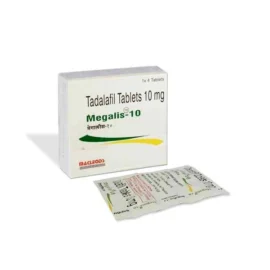
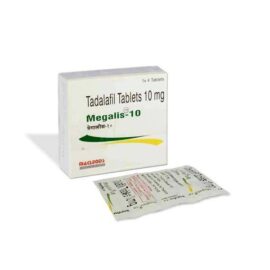
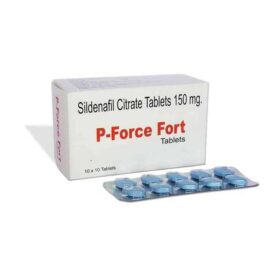
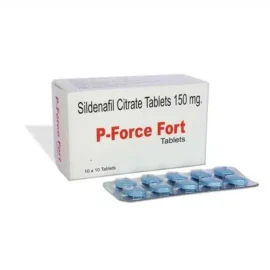
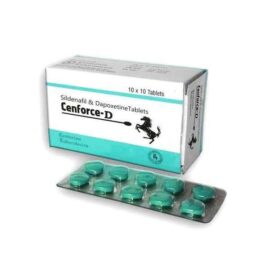
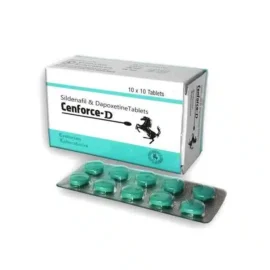
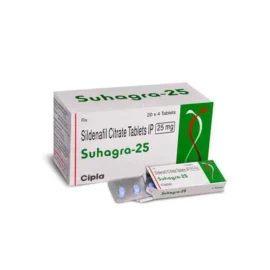
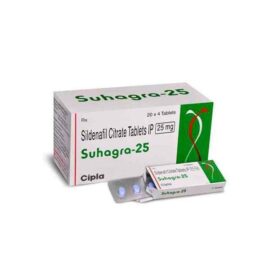
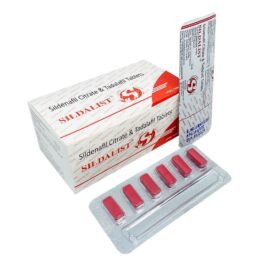
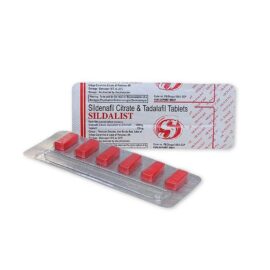
Reviews
There are no reviews yet